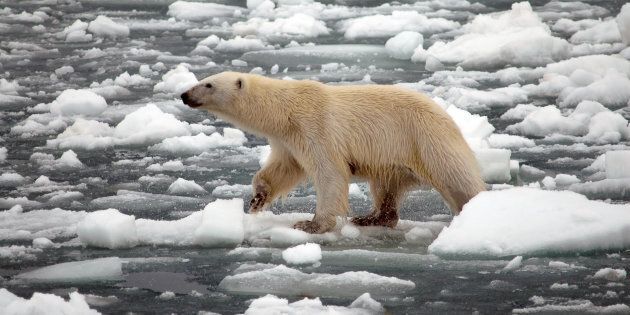
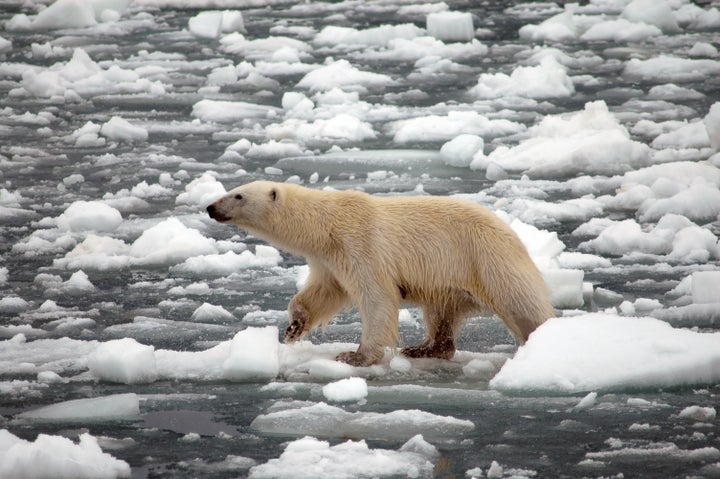
Two degrees Celsius is the “magic number,” the global temperature increase scientists say the world must stay below to avoid the worst effects of climate change. And humanity is hurtling rapidly toward this hazardous line, according to a new United Nations report.
We’re already more than halfway there.
Global temperatures last year were more than 1 degree Celsius above the pre-industrial average, the U.N. World Meteorological Organization said in the “Global Climate 2011-2015” report published last week. It was the first year that the 1-degree mark had ever been surpassed.
Those fives years were confirmed to be the hottest on record, the report added.
And the warming trend is showing no signs of abating, with WMO Secretary-General Petteri Taalas saying “2016 is on track to be even warmer” than last year. If that happens, it would mark three years in a row of a new “hottest year ever.”
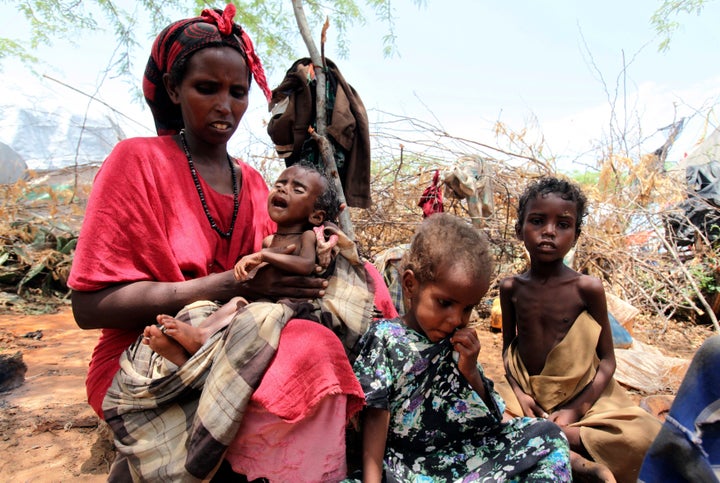
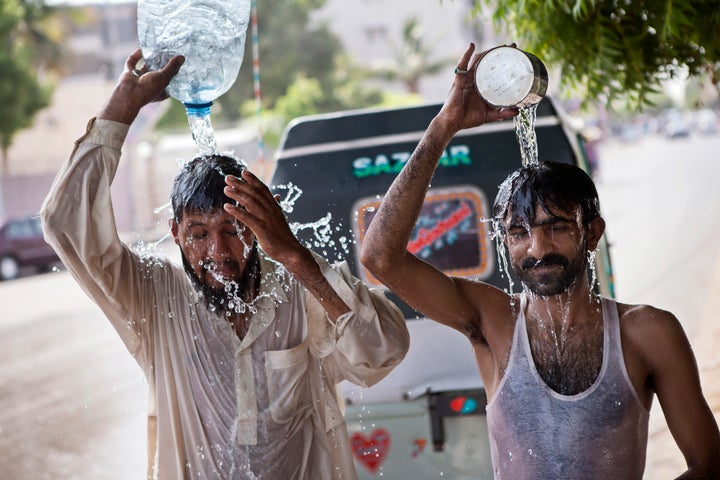
Climate Change Is Already Here
“Climate change is no longer some far-off problem,” President Barack Obama said in September. “It is happening here, it is happening now.”
The WMO report illustrated this clearly.
Arctic sea ice has reduced to record lows, glaciers are declining at a staggering rate, and sea levels have risen approximately 3 millimeters per year since 1993, up from the 1.7 millimeters average from 1900 to 2010, the report said.
The likelihood of extreme weather events has also been “substantially enhanced” by global warming in recent years. The report linked climate change to several high-impact disasters, including the East African drought that lasted from 2010 to 2012 and caused more than 250,000 deaths; the 2015 heatwaves in South Asia that claimed more than 4,000 lives; and Hurricane Sandy in 2012, which caused more than $67 billion in economic losses in the U.S.
“This evidence of climate change demonstrates the importance of taking immediate action under the Paris Agreement,” Taalas said in the report.
The Paris Agreement, which officially came into force on Nov. 4, is the most significant climate change accord ever signed. More than 190 countries have vowed to slash greenhouse gas emissions in an effort to avoid crossing the 2-degree threshold.
Obama was one of the key architects of the landmark deal, which he called a critical “turning point” in the global fight against climate change.
“This gives us the best possible shot to save the one planet we got,” he said earlier this year.
But it remains to be seen whether the United States will continue to lead this fight. President-elect Donald Trump is reportedly already plotting ways to withdraw the U.S. from the Paris Agreement when he takes office in January.
Trump has previously called climate change a “hoax” and “bullshit.”
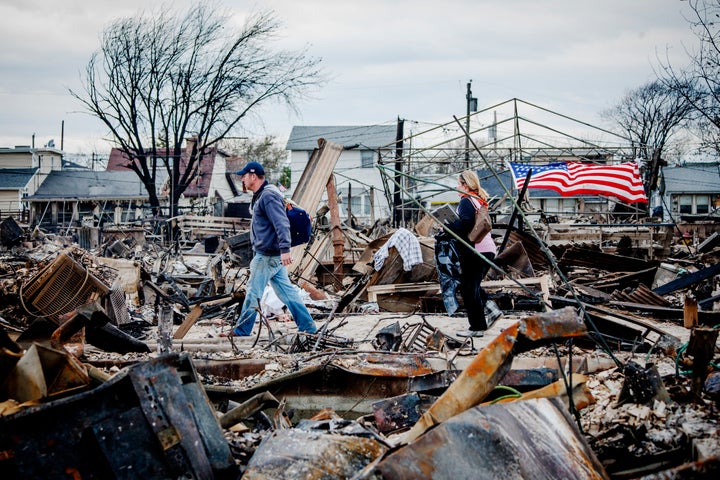
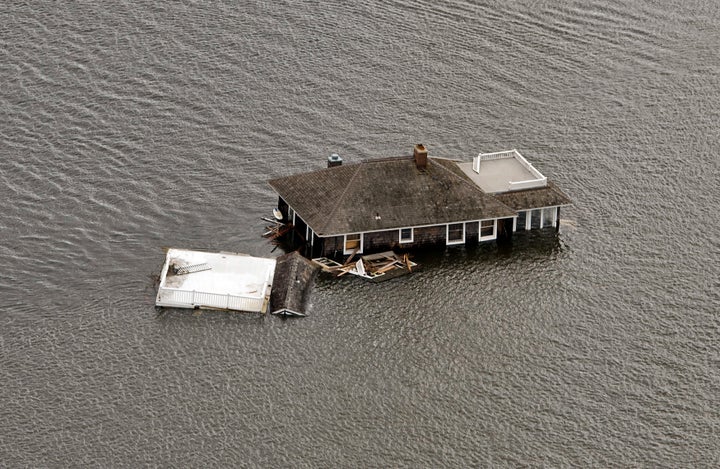
Negotiations are currently underway in COP22 in Morocco as nations figure out how to implement the aims laid out in the Paris accord.
The emissions cuts proposed in the Paris climate agreement would not be nearly enough to stave off the most catastrophic of climate change’s impacts, suggests a sobering United Nations report released last week.
To stay under the 2 degrees Celsius limit, emissions need to be slashed an additional 25 percent on top of existing Paris pledges by 2030, the U.N. Environmental Program said.